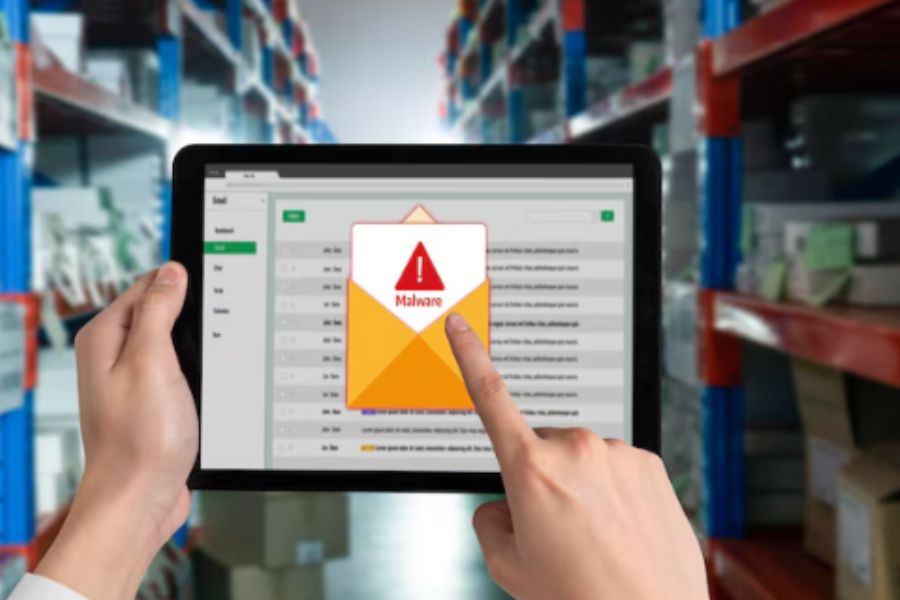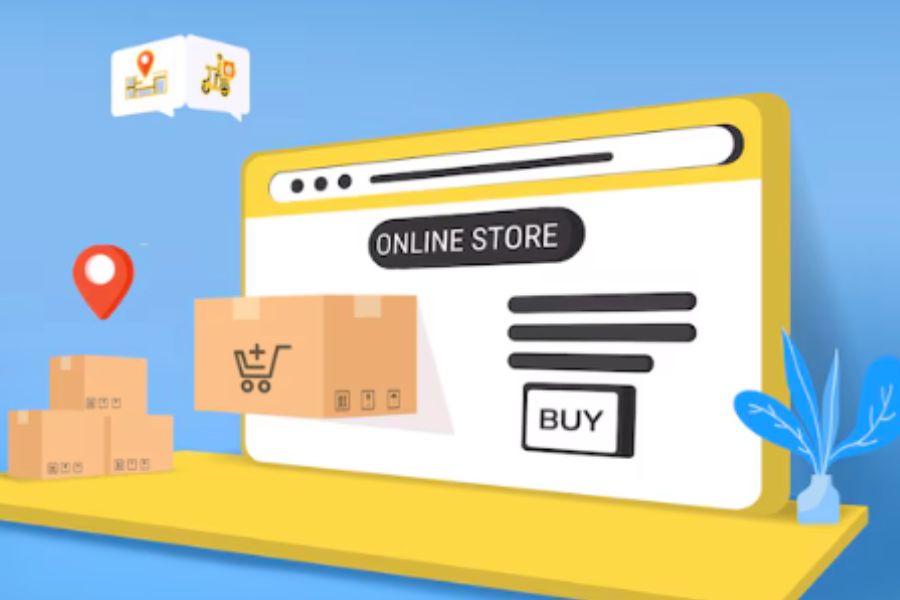Every customer loves buying products at a reasonable price. It is the reason why different discount pricing strategies are often widely-used by retailers to attract more consumers and boost sales. However, pricing your items correctly is a tricky balance. A cheap price isn’t always the best option, since the product may generate steady sales without making any money. To tackle the problem, this blog will provide the top 7 discount pricing strategies for businesses.
Benefits of discounts
Discount is a great method to get customers into your business quickly. You’re more likely to attract a customer’s attention if you tell him he can save money. In fact, a survey conducted in the USA shows that 88% of customers used a coupon while shopping in 2020.
Discounts benefit not just your customers, but also your business. You can clear up space in your warehouse by discounting products. It’s possible that items you don’t intend to sell will sit in your store for months. By lowering the price, you improve the likelihood that they will be sold.
Moreover, a company’s image may improve if it gives discounts to particular groups of people, such as the elderly or those in the military. When a business offers discounts to those who are in tough situations or who may be experiencing financial difficulties due to a lack of income, it demonstrates that the company is responsible for catering to the community.
Top 7 discount pricing strategies
Now that you know the importance of promotion plans for businesses, let’s look deeper into the best strategies.
Manufacturer suggested price
Manufacturer suggested price is a sticker price suggested by a manufacturer of a product to retailers. It is commonly used for mass-produced commodities like consumer electronics or household appliances. The purpose of it is to unify the pricing of products sold across various retail locations.
However, offering some items at the manufacturer suggested price might reduce your competitive advantage on certain products. After all, how can you differentiate yourself if you provide the same item at the same price as other retailers? Sometimes, to clear out inventory faster or to attract more customers, many merchants may sell items below the manufacturer suggested price. It is then up to each retailer to remain flexible in different situations to make use of this pricing strategy.
Bundle pricing
Sell a bunch of items for a single price, such as three-pack socks or five-pack earrings, is bundle pricing. It simplifies retailers’ marketing efforts because they just have to promote one price point rather than multiple. At the same time, customers also enjoy package offers since they think they are receiving more for their money.
H&M is a well-known example of bundle pricing. This fashion retailer continuously places bundles of socks, gloves or jewelries near the checkout counter to draw customers into purchasing these groups of items. By doing so, they encourage customers to buy more items with reasonable pricing, thus boosting sales.
Discount pricing
Discount pricing, as the name implies, is the practice of selling items at a reduced price. It can happen whether through sales codes or coupons delivered directly to customers, in-store discounts, or even store-wide markdowns. Although merchants dislike the concept of discounting products because it reduces their profit margins, having a discount at special occasions can help you attract new consumers who are searching for a bargain.
If you are planning to offer discounts, here is a useful tip. A 50% increase in quantity is equivalent to a 33% reduction in price. However, bear in mind that if you give discounts too frequently, clients’ perceptions of your brand will be lowered, and they will be less likely to pay full price for your goods and services.
Channel-based pricing
Channel-based pricing is a relatively new technique that applies to omnichannel merchants, or those that sell their items through several channels such as a physical shop, a website, and social media accounts. This approach allows businesses to charge various prices for the same product depending on where it is sold.
Channel-based pricing may be a strong motivation for customers to select a specific channel. It is useful for merchants wanting to promote one channel over another, such as to boost their e-commerce operations or to bring more people into stores.
But how can omnichannel merchants handle different prices at the same time? The answer is a point of sale (POS) system. Using a POS system on the market nowadays, with ConnectPOS being an outstanding example, retailers can easily sync data between multiple selling locations. You can customize and save data at different registers and manage them from anywhere. For this reason, we would recommend using POS systems for channel-based pricing.

Penetration pricing
Penetration pricing is the practice of initially primarily keeping product prices low in order to promote the brand and its products to as many people as possible. It is often chosen by newer businesses that are about to join the market. By encouraging consumers to spread the word, merchants may save money on advertising and customer acquisition in the long run.
Netflix is a great example of how market penetration pricing may be used to knock out a big competitor. DVD rentals were popular in the late 1990s and early 2000s. For the $15.95 subscription option in 2000, Netflix subscribers may rent four movies at a time with no return deadlines – a real bargain at that time. This encouraged customers to test their new service and has led to the success nowadays.
Competitive pricing
The technique of using your rivals’ prices as a standard and lowering your prices is known as competitive pricing. Retailers who use this method seek to compensate for their lower profit margins by boosting total sales volume. This strategy might be suitable for big brands with high levels of transactions. For smaller companies, the only option to keep this practice going is to sell large quantities of the goods. Depending on the product, it may lead buyers to believe that your brand is a cheaper alternative to other brands. Therefore, retailers should pay attention to this.
Premium pricing
When you choose to sell your products at a greater price than the competitors, this is premium pricing. This strategy, when paired with the proper marketing methods, may help your company be seen as “premium” or “luxury.” Rolex is an excellent example of a brand that has successfully used a premium price strategy. If you only need a watch to tell time, you can get one for $28. However, many buyers are willing to pay $10,000 for a Rolex because they believe the product is of exceptional quality and serves as the ultimate status symbol.
The only concern about this pricing plan is premium pricing may or may not be the best option depending on your target client group. However, if you are seeking to make your brand become a ‘luxury’ name, consider this strategy for success.
Wrapping up
All in all, we hope that this blog can broaden your mind about the top 7 tips to execute discount pricing strategies. With ConnectPOS, you can level up your business with many powerful omnichannel features. Let’s talk about how we can help!



